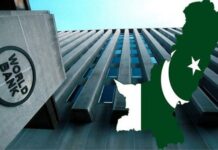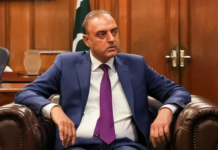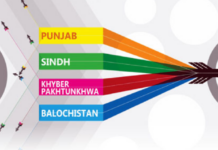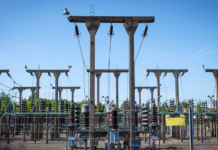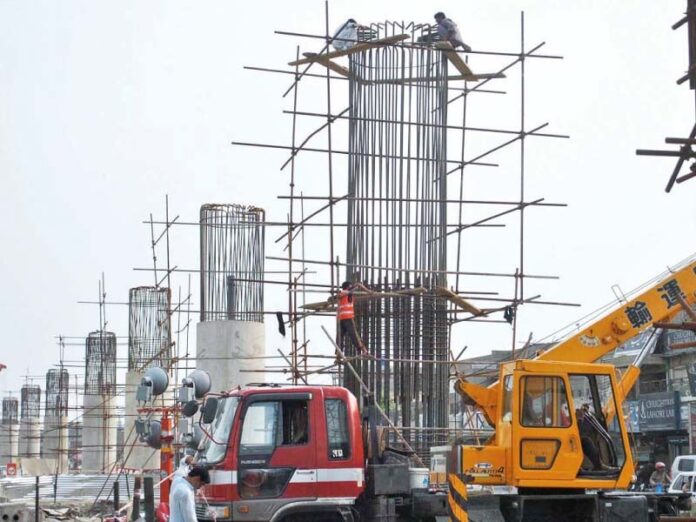- Development spending lower than revised budget of Rs1.1 trillion, potentially affecting 2.7% economic growth rate projected for the year
Pakistan spent Rs905 billion on development projects in the fiscal year 2024-25, falling short of the revised target of Rs1.1 trillion, which could lead to a downward revision of the 2.7% economic growth rate projected for the year, according to a news report.
The government had originally set the Public Sector Development Programme (PSDP) at Rs1.4 trillion, later reducing it to Rs1.1 trillion. Despite the reduction, actual spending still remained below the revised target.
Provisional figures reveal that the bulk of the spending, Rs456 billion, occurred in the last two months (May-June), signalling inefficiencies in the budget release process and raising concerns about the impact on economic growth.
The government’s growth projections were based on the assumption that the full Rs1.1 trillion would be spent. According to the Pakistan Bureau of Statistics (PBS), the GDP calculation took into account this spending figure. However, with actual spending falling short, the economic growth calculations may be affected, though the exact impact is yet to be determined.
Federal Minister for Planning and Development Ahsan Iqbal explained that while the government almost reached the Rs1 trillion mark, delays in approvals by the Accountant General Pakistan Revenues (AGPR) held back full expenditure. He also mentioned that the Finance Ministry instructed the AGPR to slow down fund releases in late June to meet International Monetary Fund (IMF) budget targets.
The government spent Rs449 billion during the first nine months of FY25, with an additional Rs456 billion spent in the final two months. However, the planning minister clarified that development work did not cease, and only the funds were released and booked during May and June.
Key areas of spending included Rs60.5 billion on parliamentarians’ schemes, Rs69.5 billion on provincial projects, and Rs64 billion on schemes in the merged areas of Khyber Pakhtunkhwa.
Additionally, sectors such as higher education, water resources, and infrastructure saw budget allocations fall short of original targets. For example, the Ministry of Water Resources received Rs154 billion against an allocation of Rs195 billion, and the National Highway Authority spent Rs144 billion instead of the planned Rs161 billion.
The government is expected to reduce development allocations for the new fiscal year in line with fiscal constraints and ongoing IMF agreements.



